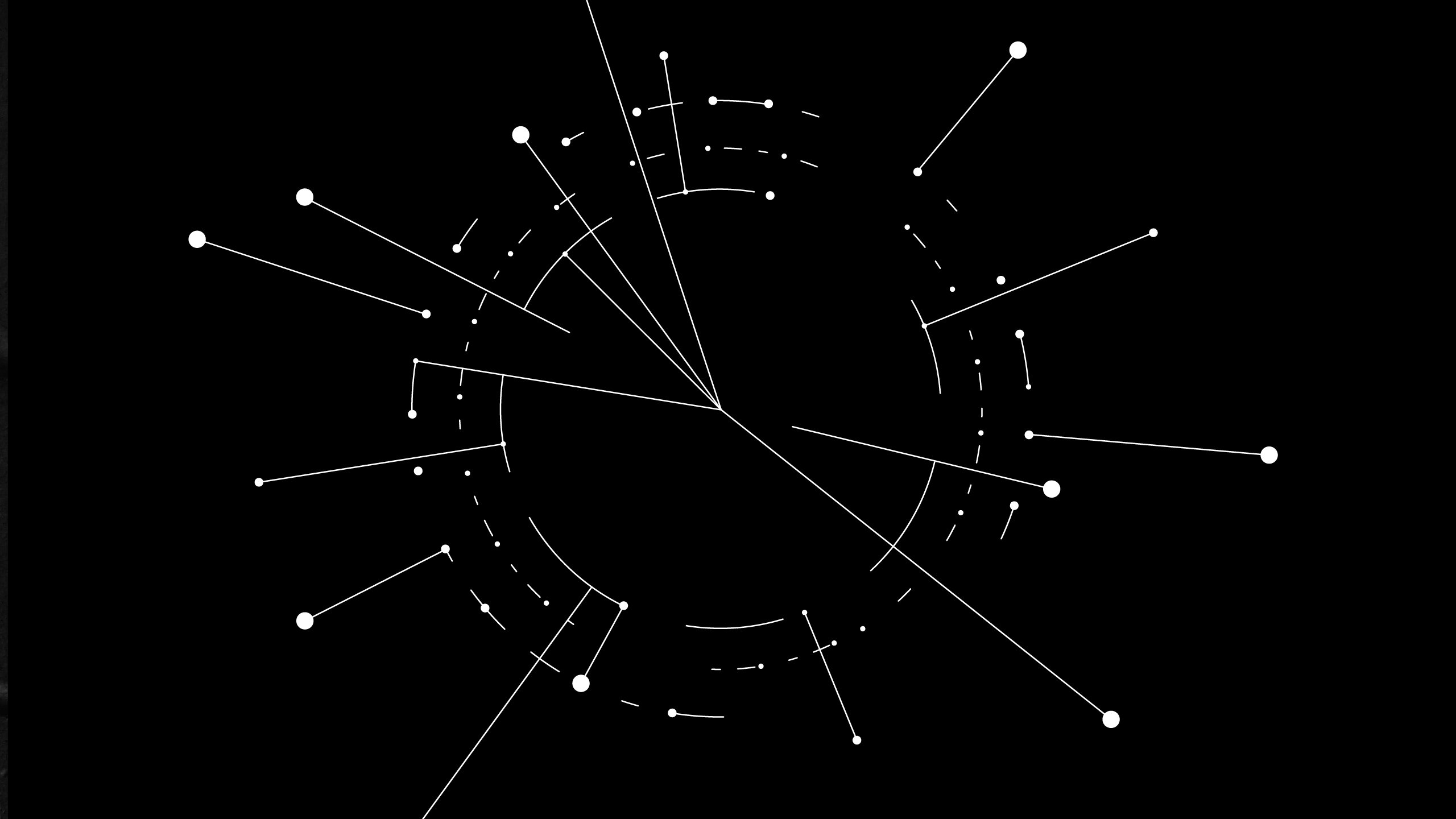
Splunk and Celonis: 6 best practices for process mining and execution management success at scale
Splunk started its process mining journey with a pilot program on the global deal desk, and within nine months the data platform company had expanded the program to nine other processes, including opportunity management, order-to-cash, accounts receivable and talent acquisition. Along the way, Splunk’s process mining center of excellence (CoE) developed best practices for scaling and delivering value with execution management.
“We have a mandate to drive and support execution of our operating plan,” said John Quarles, VP of Global Business Operations at Splunk. “One of the ways we do this is through the creation of a rhythm of the business, which is, a framework to integrate data, people and processes into a comprehensive management system that gives us complete control over the business.”
Quarles and Jennifer Hanania-Cohen, Process Mining CoE Lead at Splunk, were at the Celonis World Tour 2022 Bay Area event and shared the following learnings:
Get executive sponsorship. According to Hanania-Cohen, Splunk was most successful when executives set a specific strategic priority and provided a mandate for what needed to be done. Without these directives, “there’s a lot of just digging in the dark,” Hanania-Cohen said. “When we know that our top strategic priority is, simplify the way our salespeople sell, that gives us a guiding light.”
Celonis World Tour 2022: Everything you need to know
For example, Splunk started using Celonis because executive leadership wanted to launch a Global Deal Desk, and they mandated that an independent committee review the way deals were structured and the way the company went to market.
“[The deal desk is] kind of a magical zone here where we've managed to have more compliance, more control, more, better governance, but we haven't had to elongate the sales time, we haven't really encumbered our sales team,” Quarles said.
Focus on a business problem. Splunk’s Global Business Operations (GBO) team was able to build momentum for execution management within different business units by always starting with a specific problem faced by that unit. The Processing Mining CoE was deliberately created as a centralized team within GBO, so it could better understand the biggest pain points across the company.
“That means that we have sleeper agents in every single one of the business units that we work with telling us what the business problems are, getting trained up on Celonis and becoming power users, and really making sure that we're doing things in a lock-step approach,” she added.
More on CoEs: Why and how to scale Celonis Centers of Excellence (CoE) to grow value | Introducing CeloCoE, a champion's league for process mining, execution management and value acceleration |Celopeers discussion on CoEs
Have a specific goal. Having a specific goal gives both the process mining/execution management team and the business unit an endpoint to work toward and a goalpost against which to measure success.
For example, Hanania-Cohen said Splunk’s CFO tasked the team with reducing their financial close process to under four days. “So now as we look at our financial close process in Celonis, we know exactly what we need to do, to take out days, take out hours, take out time in order to reach that goal,” she said.
Likewise, Splunk’s Chief Growth Officer wanted the talent acquisition team to reduce the time it took to close a new requisition by half, from 60 to 30 days. “So again, when we were presented with a process map, we knew exactly what we had to start going after in order to meet that goal,” Hanania-Cohen said. “Measuring everything we do against cost, quality and time, and holding ourselves accountable to those goals and that savings really allows us to keep building momentum.”
Set yourself up to scale. Even if they’re moving at lightning speed, Hanania-Cohen suggested audience members move in a way that allows them to scale. Take the time to build knowledge models, document KPIs and put governance processes in place for how you measure things, she said.
Don’t get too attached to what you build. Sometimes Hanania-Cohen’s team would get so excited to “solve a problem” or “realize a hypothesis” that they would in her words, “spend maybe too much time looking for something that isn’t there.” If something isn’t working, move on, she said.
Likewise, Hanania-Cohen said it’s important not to hold on too tightly to the “beautiful Celonis dashboards” you create. The ultimate goal for your dashboards isn’t to have as many daily active users as possible or live forever.
“The way that we want our work with process mining to run is we want to use it to diagnose problems, identify system updates that need to happen, identify operating model changes that need to happen and then have a small group just using our Celonis dashboards for continuous monitoring as we evolve the processes,” she said.
Set yourself up for change management success. Hanania-Cohen said her team was “absolutely good” at process mining and training business users on Celonis. They were less well equipped to enforce the behaviors required to make the process changes being pulled out of the Celonis EMS. Therefore, her group partnered with teams across the organization, such as the business transformation team, to ensure they were set up for success. As she said:
“You can't just hand someone technology and a new application and say, ‘Go. Run with it,’ and assume that everything's going to be fine.”
More from Celonis World Tour 2022
World Tour 2022 Copenhagen: The LEGO Group lays building bricks to scale Celonis
Why inflation, supply chain, sustainability crises require Execution Management, efficiency gains
These 8 characteristics of resilient supply chains can give your business a competitive advantage
Sustainability will drive returns on investment with assist from inflation



